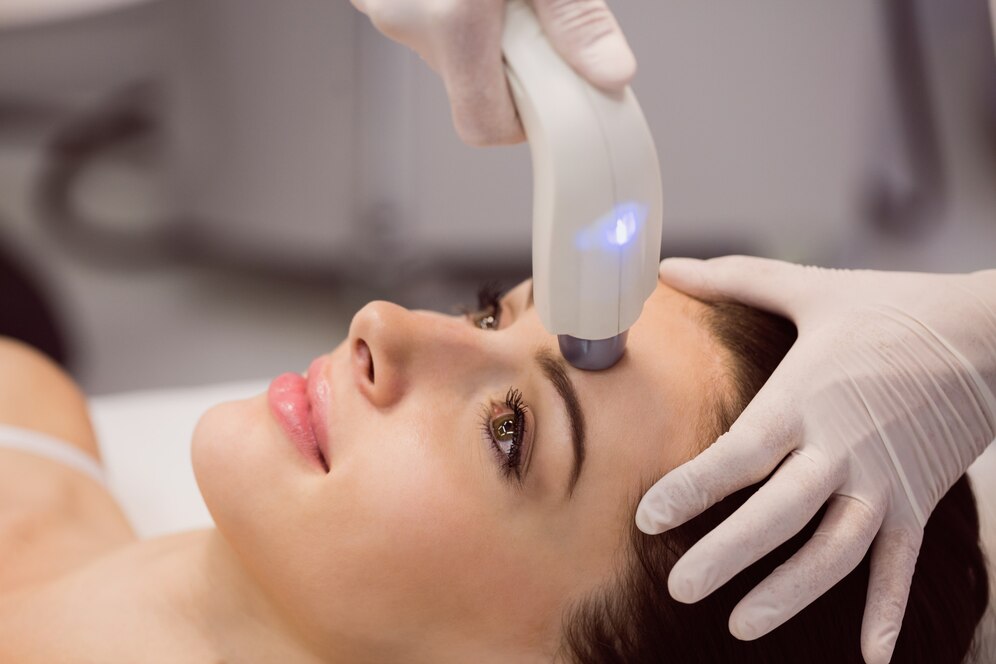
Introduction:
Hydrafacial in Dubai is a popular skincare treatment known for its ability to improve skin texture, tone, and overall health. With its non-invasive approach and promise of radiant skin, many wonder if it’s suitable for all skin types. This article explores how Hydrafacial works and its suitability for various skin types.
What is Hydrafacial?
Hydrafacial is a multi-step facial treatment designed to cleanse, exfoliate, extract, and hydrate the skin. It combines the benefits of several facial treatments into one. The process involves:
- Cleansing and Exfoliation: Using a vortex exfoliation tip, dead skin cells are removed, revealing fresh skin underneath.
- Acid Peel: A gentle acid peel is applied to loosen debris from the pores without irritating.
- Extraction: A vortex suction tool removes blackheads and impurities from the pores.
- Hydration: A hydrating serum is infused into the skin to restore moisture and improve skin health.
Hydrafacial for Different Skin Types
1. Normal Skin
For individuals with normal skin, Hydrafacial can enhance skin clarity and radiance. It helps maintain the skin’s healthy appearance by providing deep hydration and a gentle exfoliation that promotes a smooth, glowing complexion. Regular treatments can help keep the skin looking fresh and youthful.
2. Dry Skin
Dry skin can benefit significantly from Hydrafacial. The treatment’s hydrating serums help replenish moisture and improve the skin’s barrier function. The exfoliation process removes dead skin cells that can exacerbate dryness, leading to a more balanced and hydrated complexion. Regular treatments can be particularly beneficial during colder months when dry skin is more prevalent.
3. Oily Skin
Hydrafacial is also suitable for oily skin. The treatment helps to control excess oil production by cleansing and extracting impurities from the pores. The gentle acid peel used during the procedure can help reduce the appearance of acne and blackheads commonly associated with oily skin. Additionally, the hydrating serums used in the treatment can help balance oil production without clogging pores.
4. Combination Skin
Combination skin, which features both dry and oily areas, can also benefit from Hydrafacial. The treatment’s customized approach allows for targeted solutions for different areas of the face. The exfoliation and extraction help to address oily zones, while the hydration step ensures that drier areas are adequately moisturized. This balanced approach helps achieve an even and healthy complexion.
5. Sensitive Skin
Sensitive skin can be tricky to treat, but Hydrafacial is generally well-tolerated due to its non-invasive nature. The treatment avoids harsh chemicals and is gentle on the skin. However, it’s crucial to inform the provider of any specific sensitivities or conditions. A customized approach can help avoid potential irritation, ensuring that sensitive skin reaps the benefits of Hydrafacial without adverse effects.
6. Aging Skin
For aging skin, Hydrafacial can be a valuable tool in improving skin elasticity, reducing fine lines, and boosting overall radiance. The treatment’s hydrating and exfoliating benefits help to smooth out wrinkles and promote a more youthful appearance. Additionally, the removal of dead skin cells and impurities can help enhance the absorption of anti-aging products used in conjunction with Hydrafacial.
Conclusion
Hydrafacial is a versatile treatment suitable for a wide range of skin types. Whether you have normal, dry, oily, combination, sensitive, or aging skin, Hydrafacial can offer significant benefits. Its customizable nature ensures that each individual’s specific skin concerns are addressed, making it a popular choice for those seeking to improve their skin’s appearance and health. Always consult with a skincare professional to tailor the treatment to your unique needs and ensure optimal results.